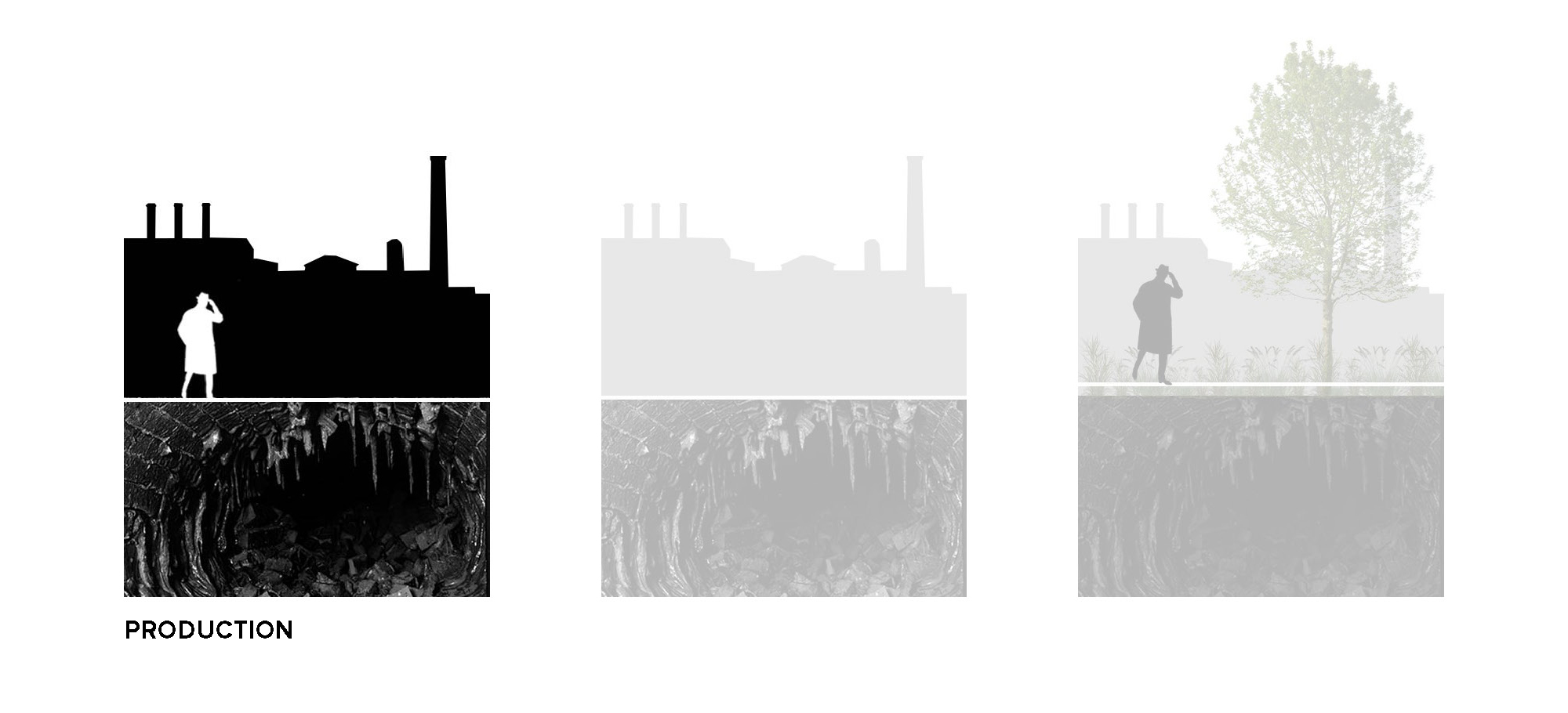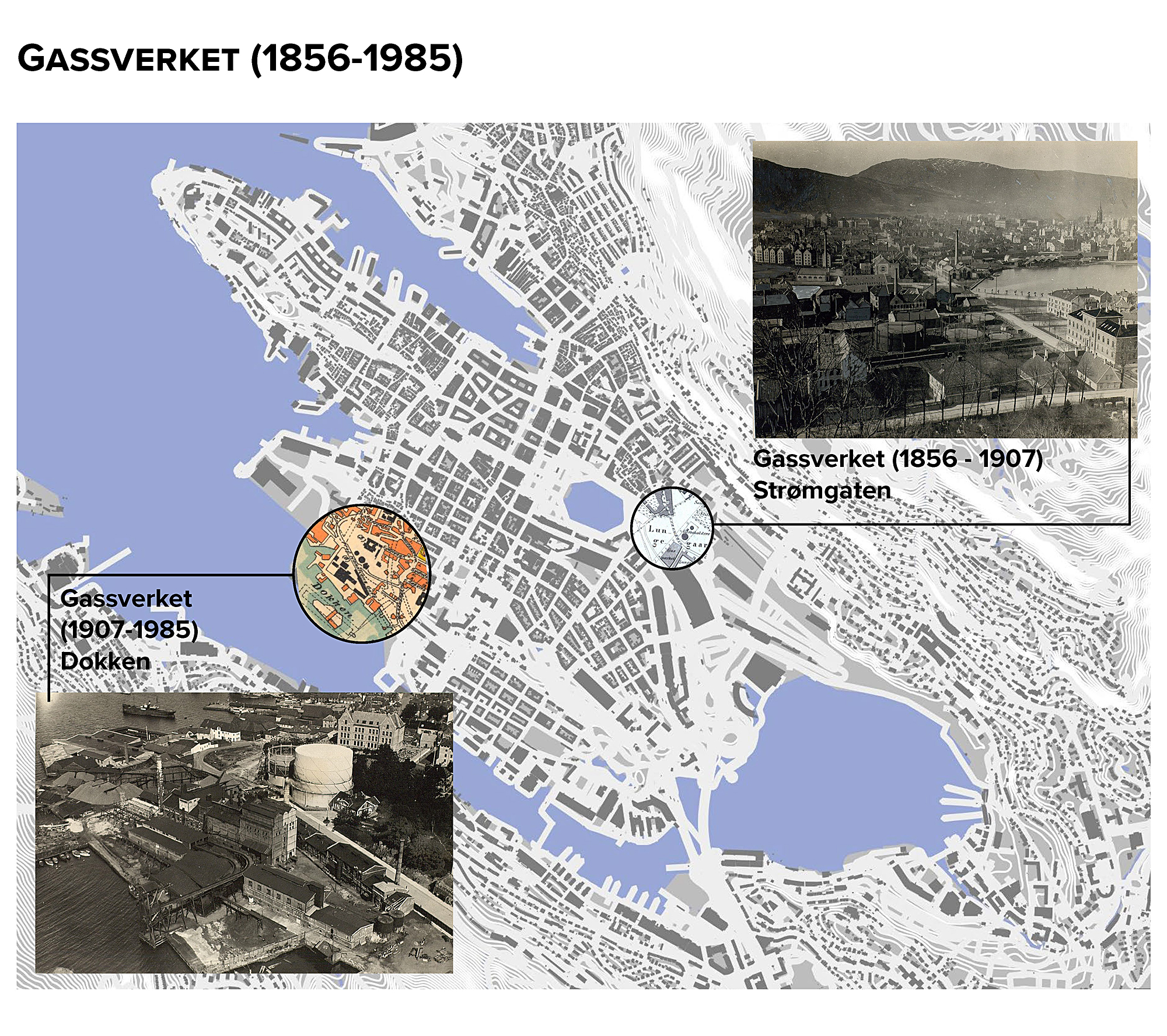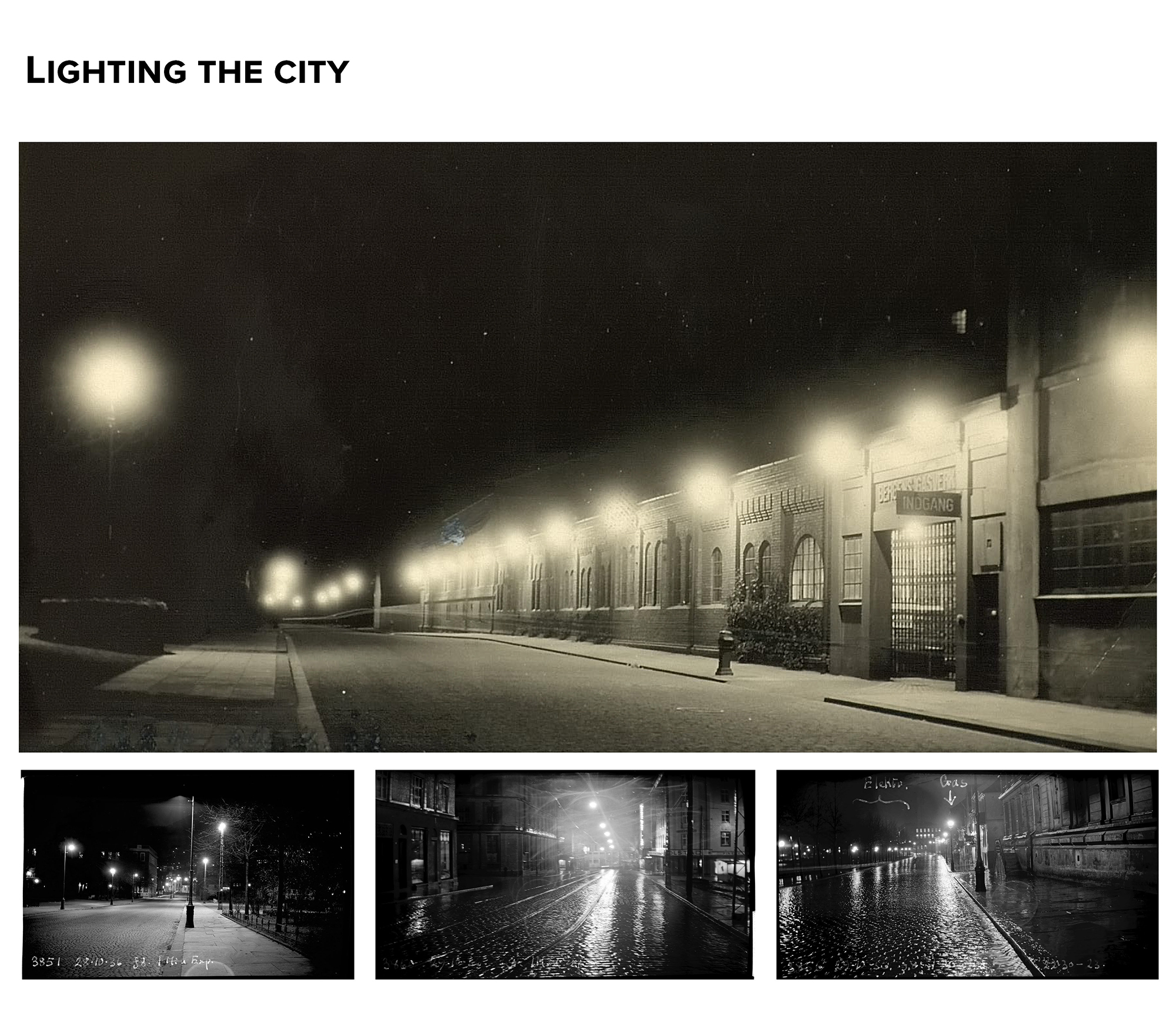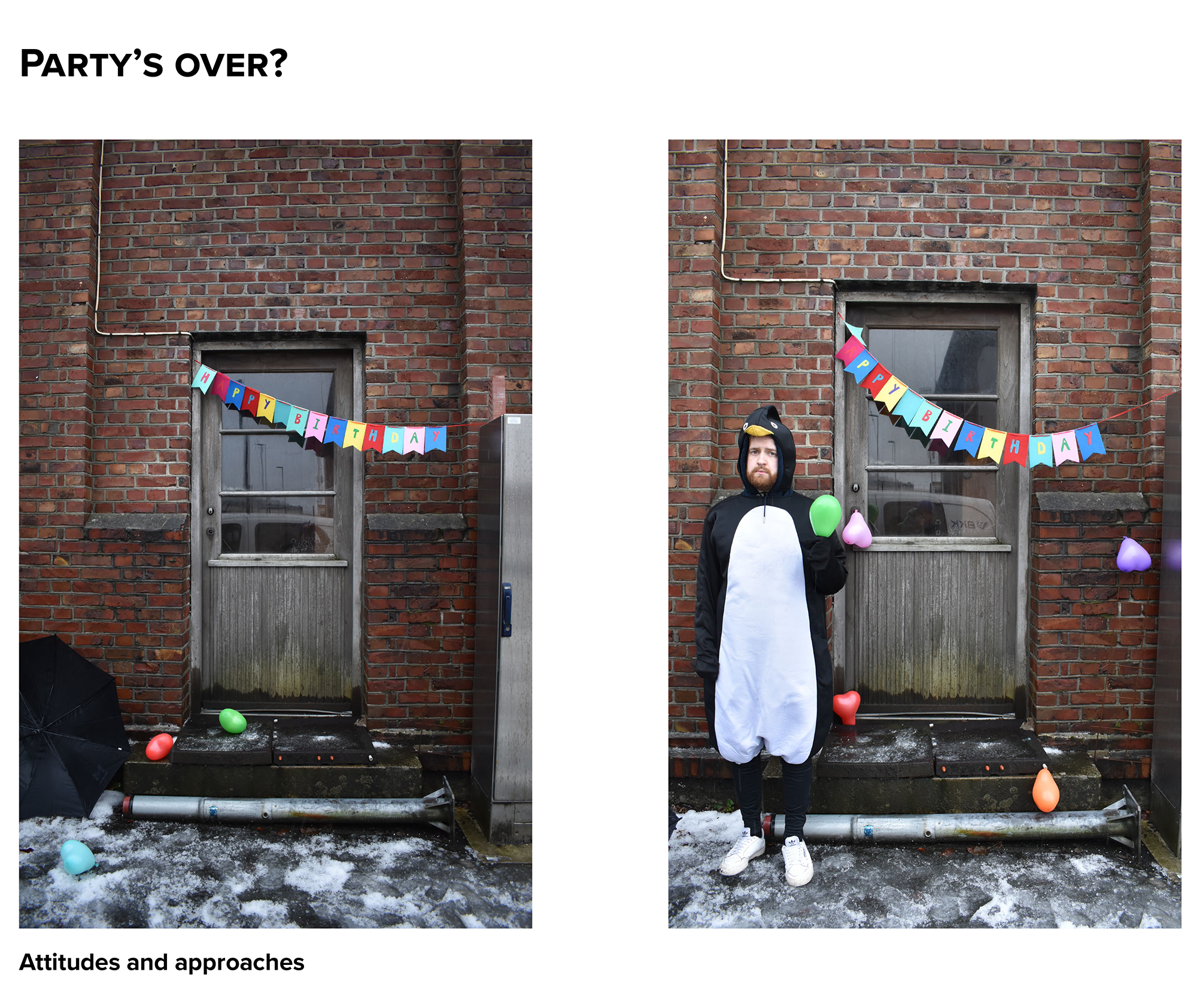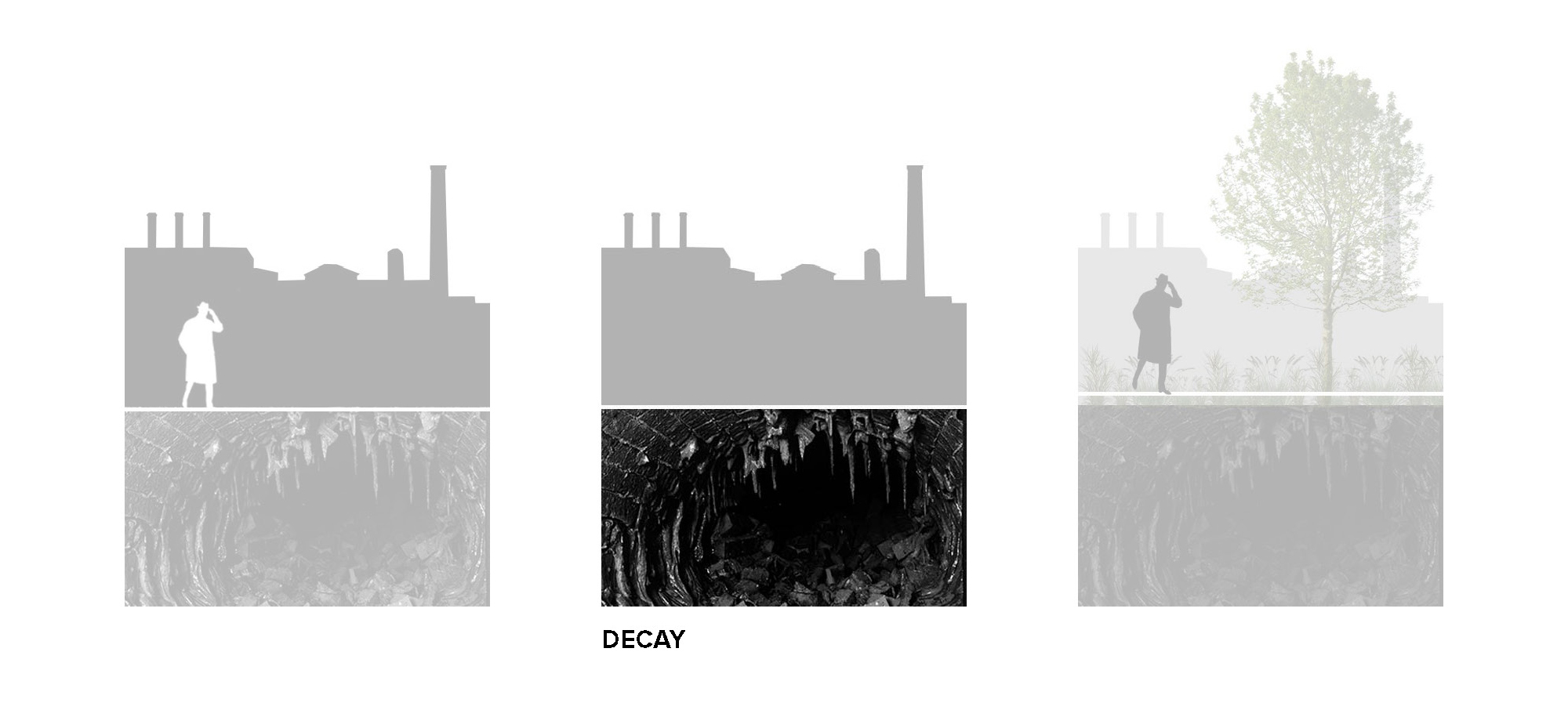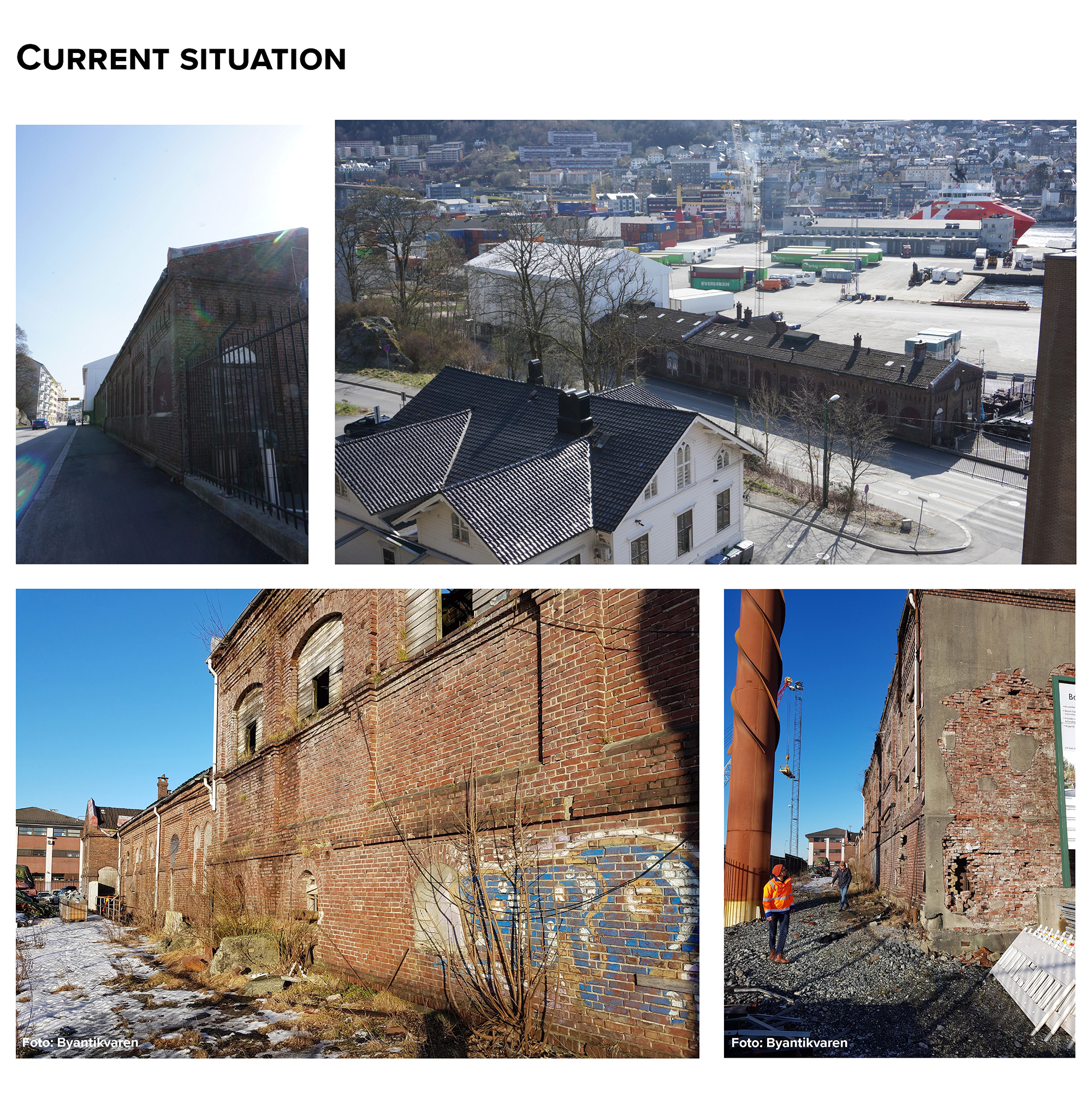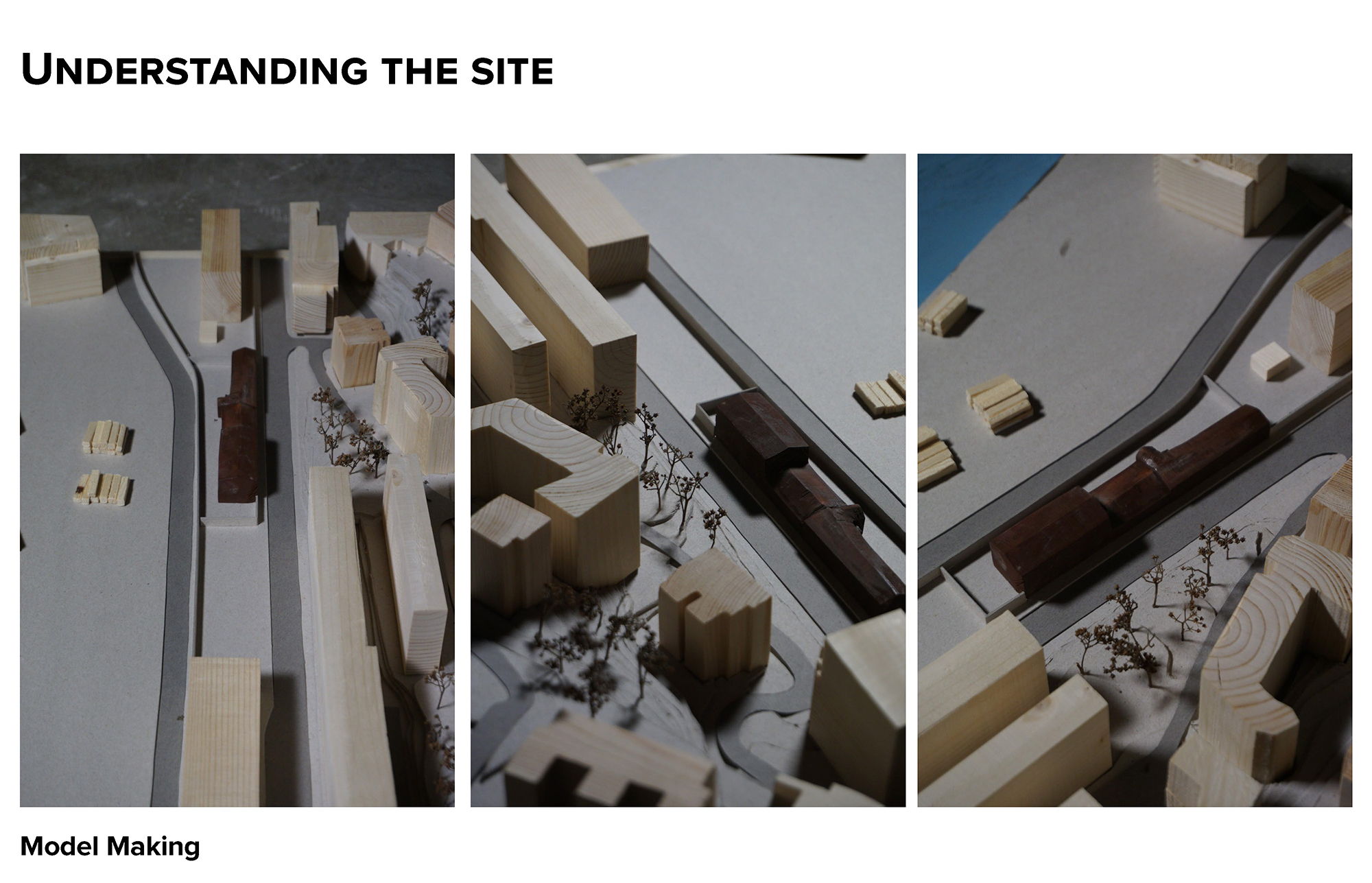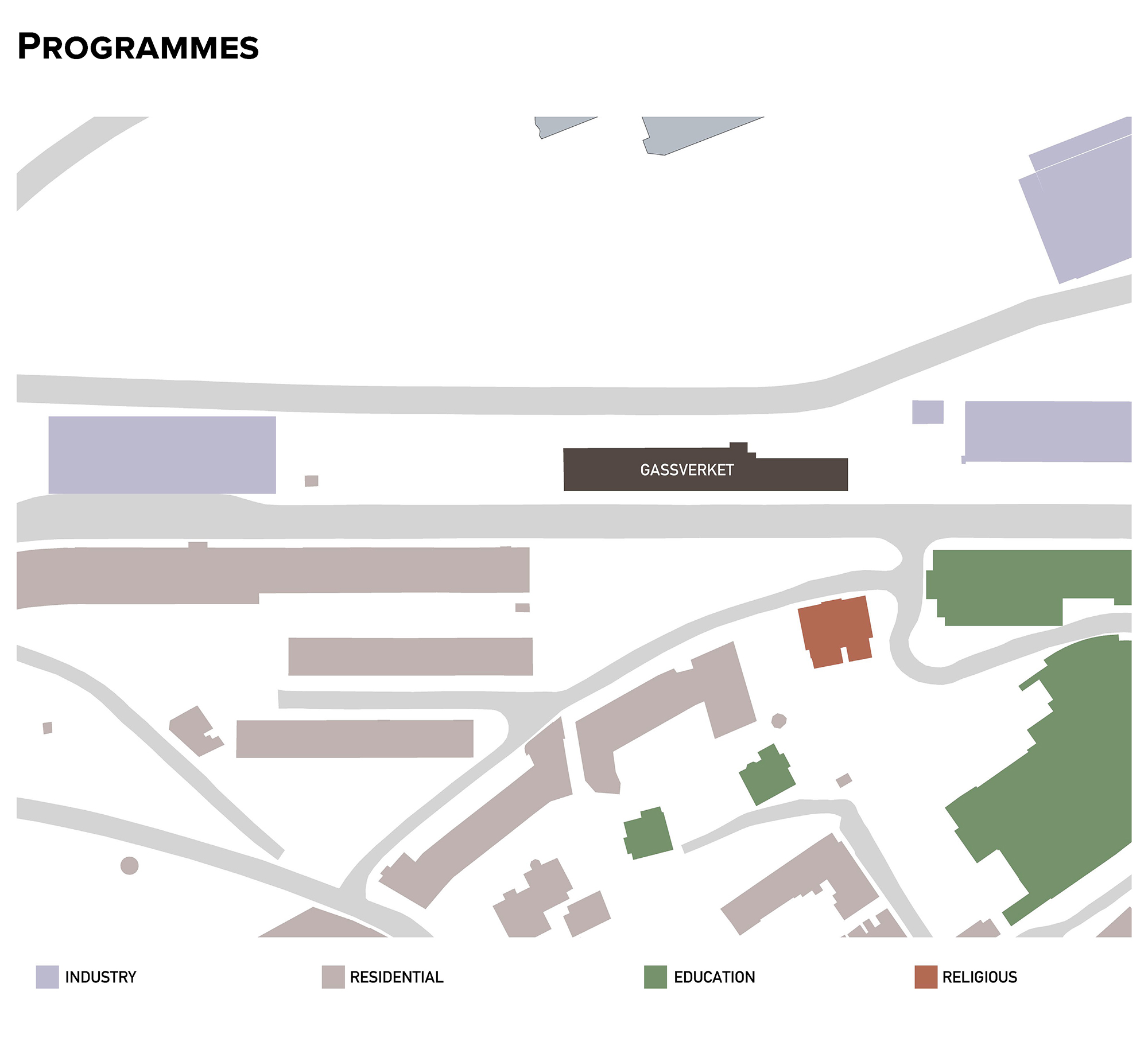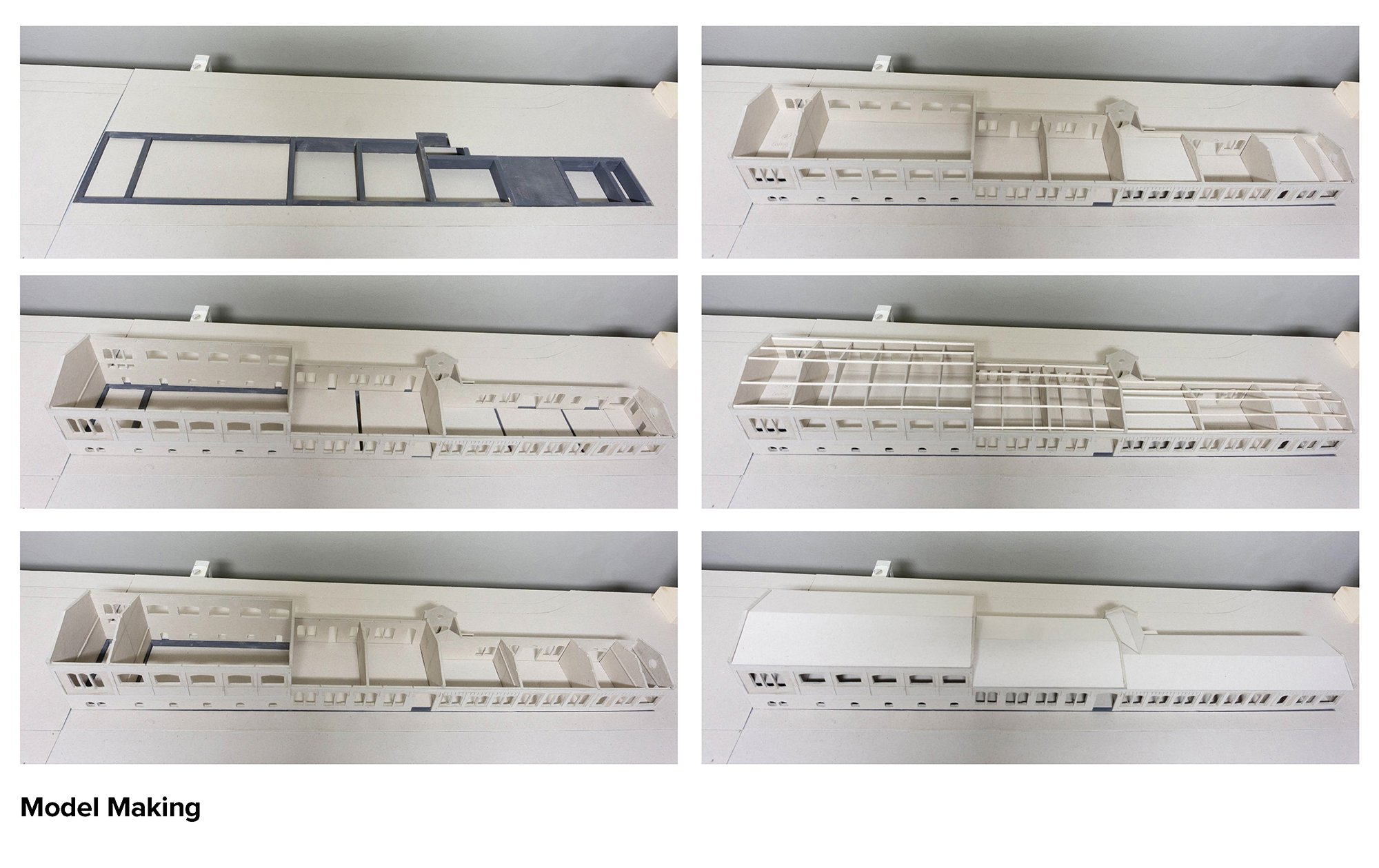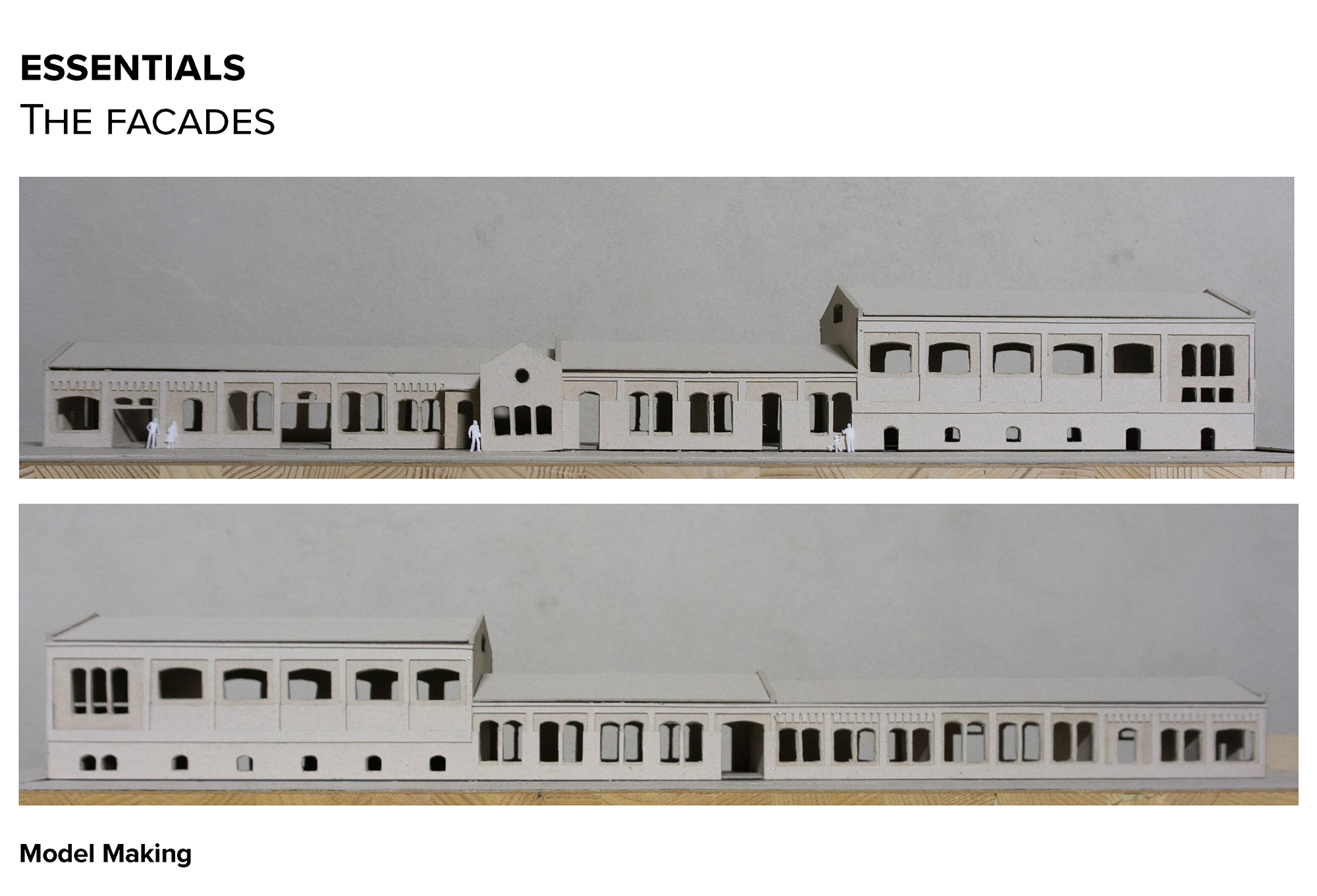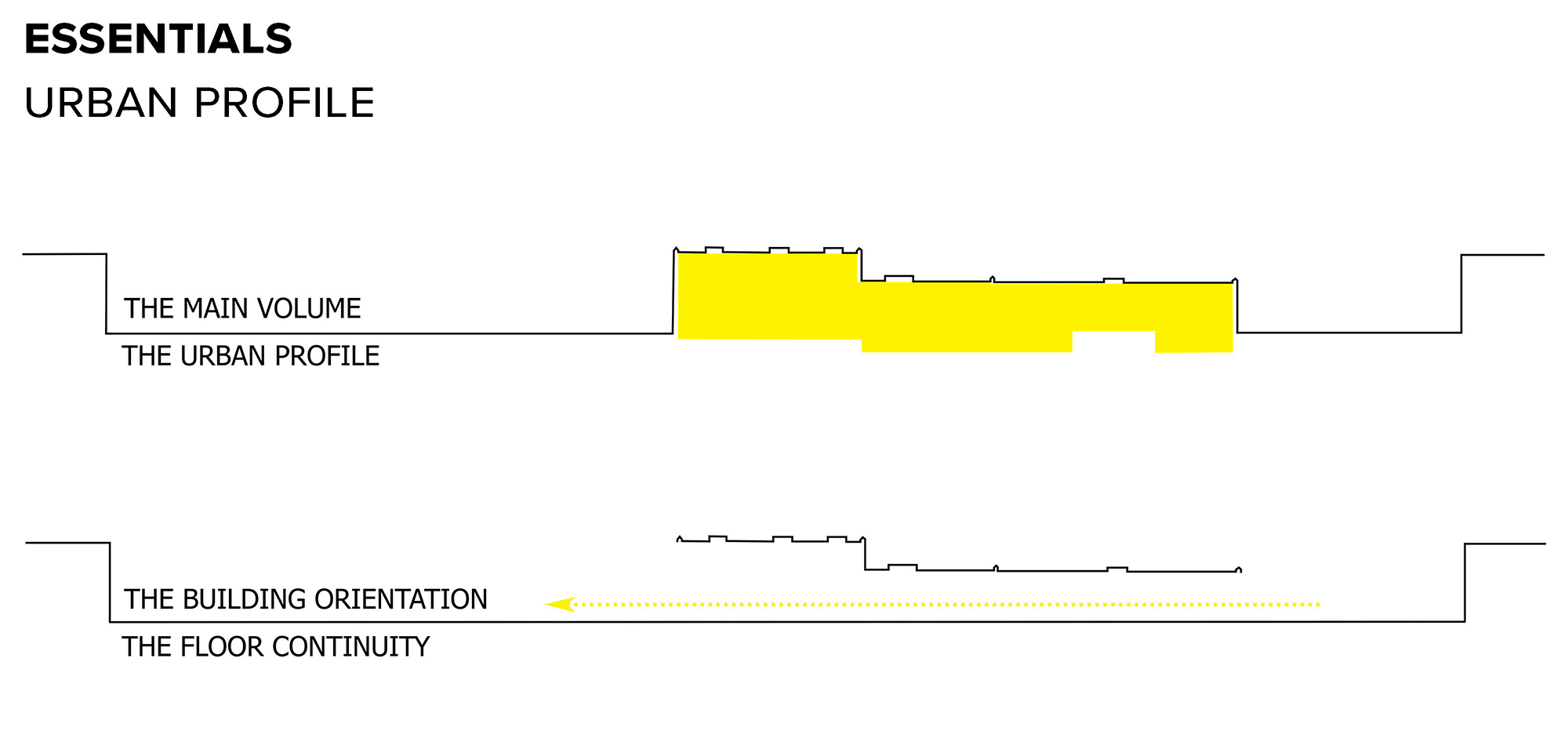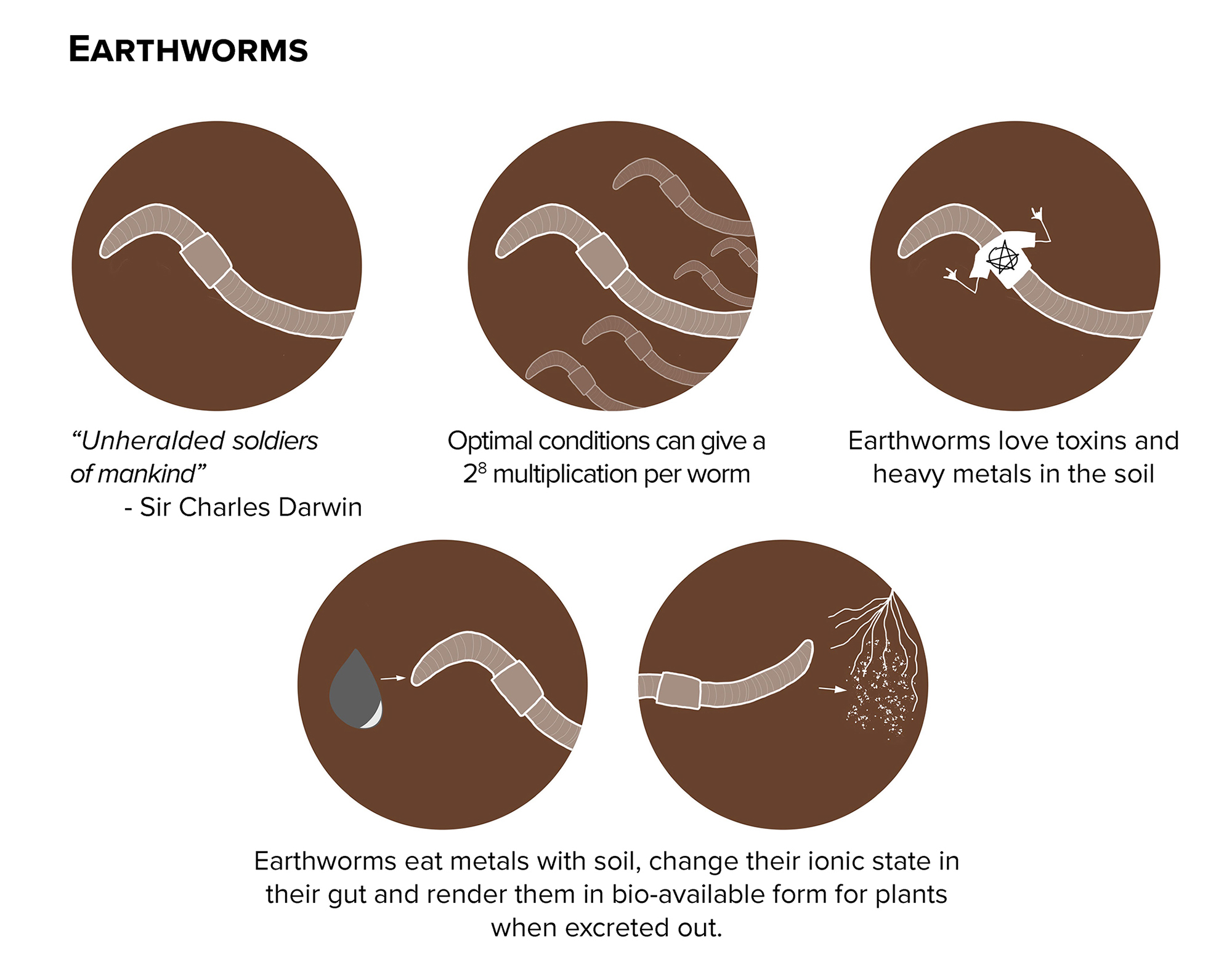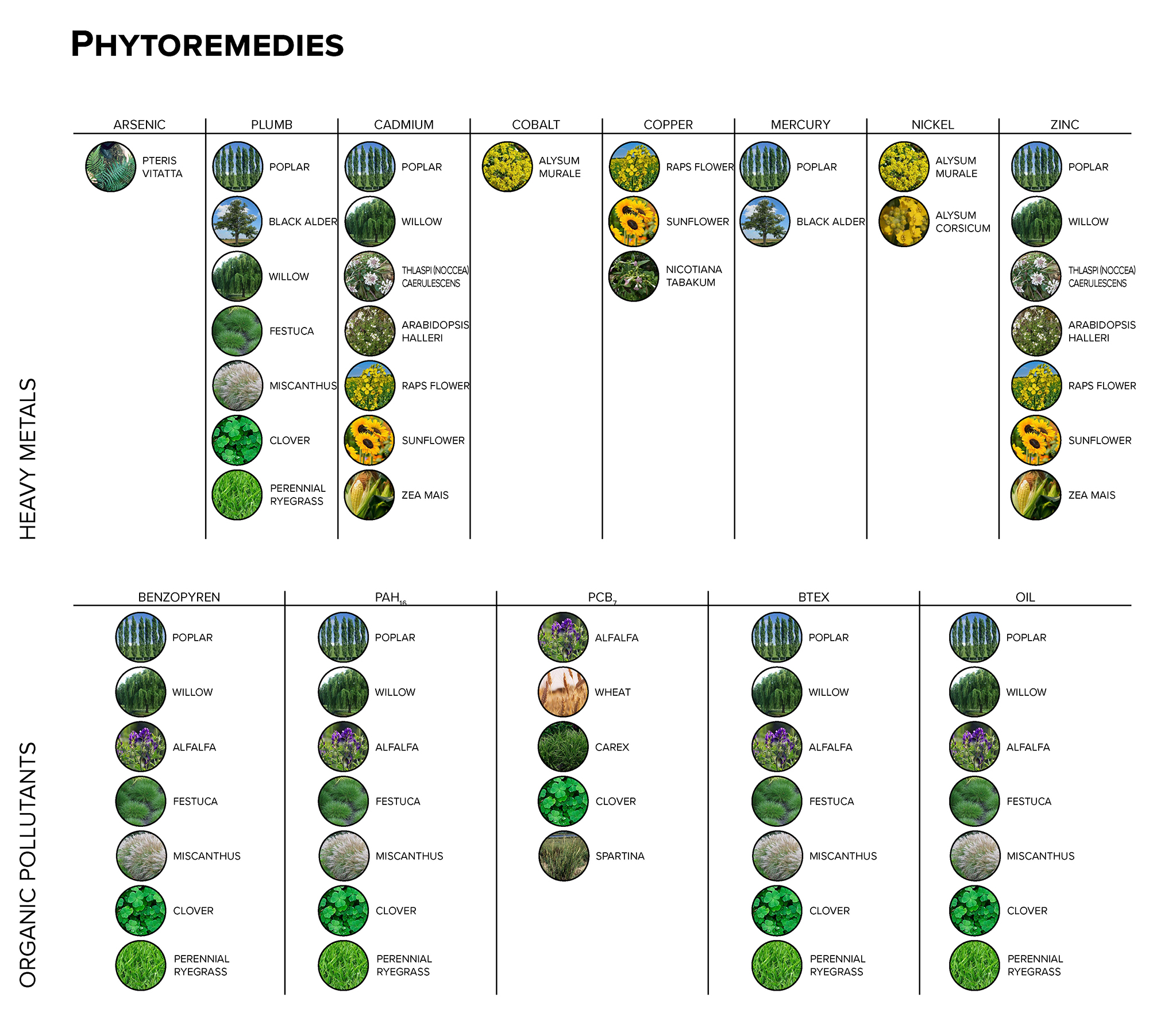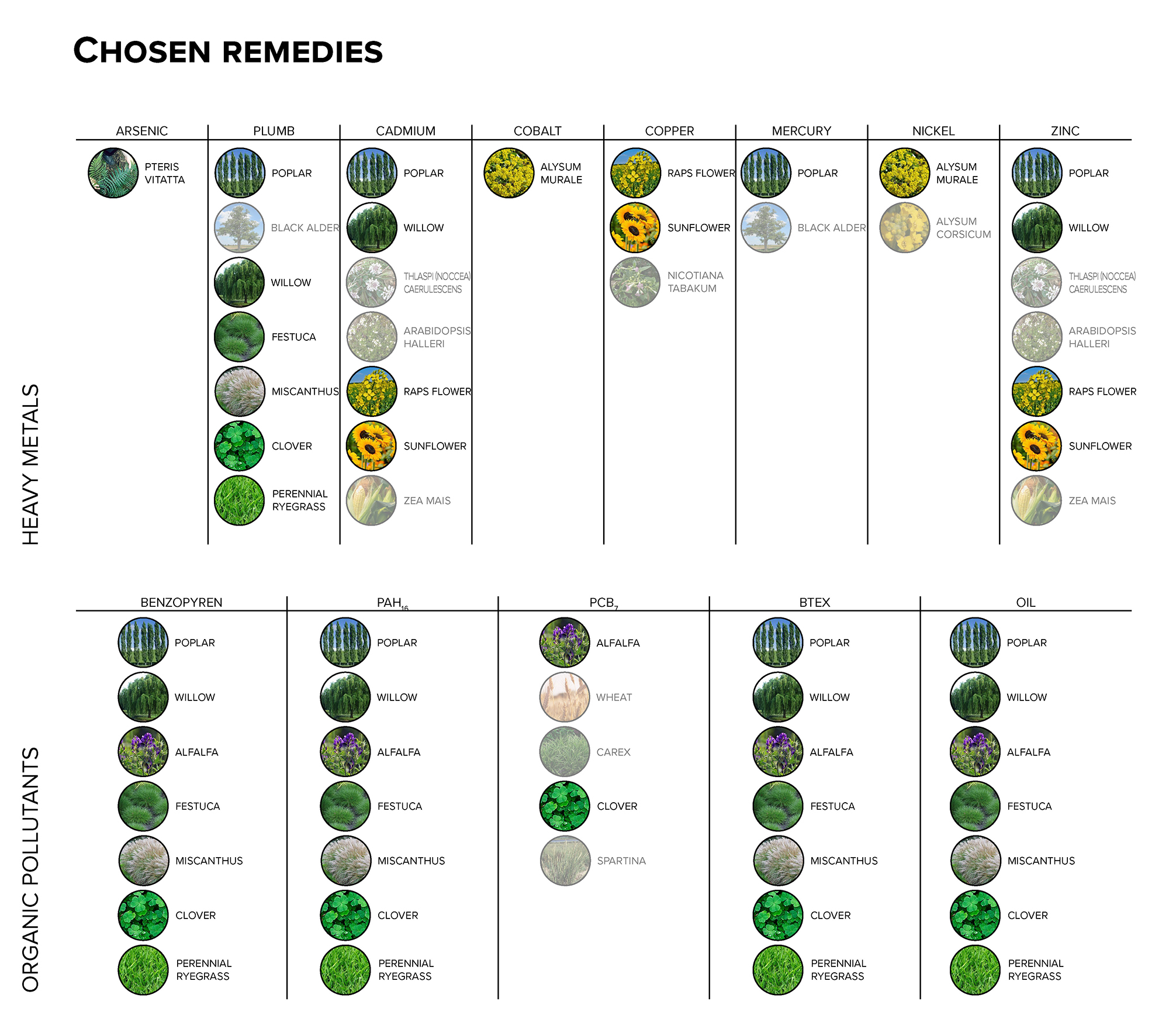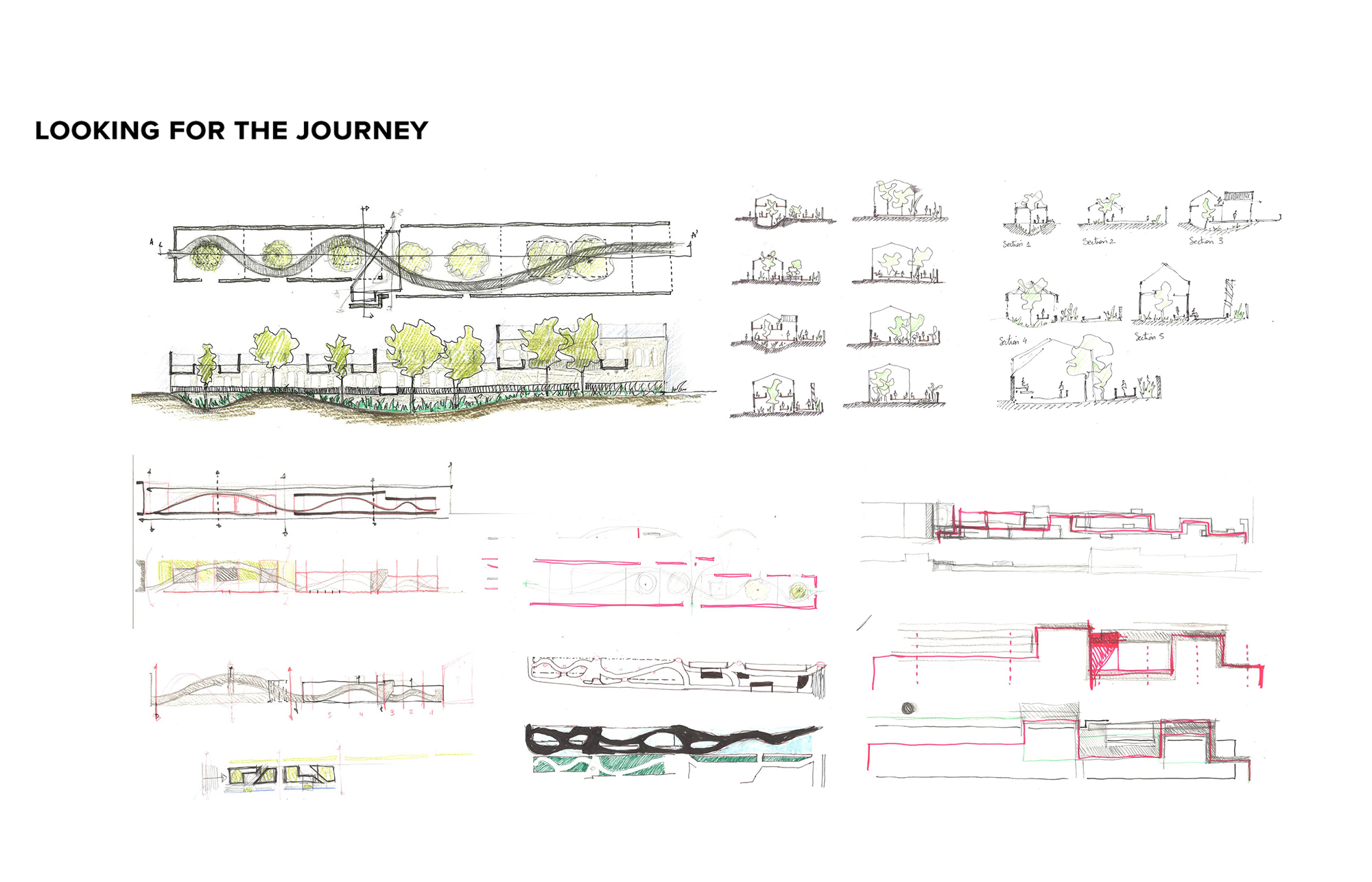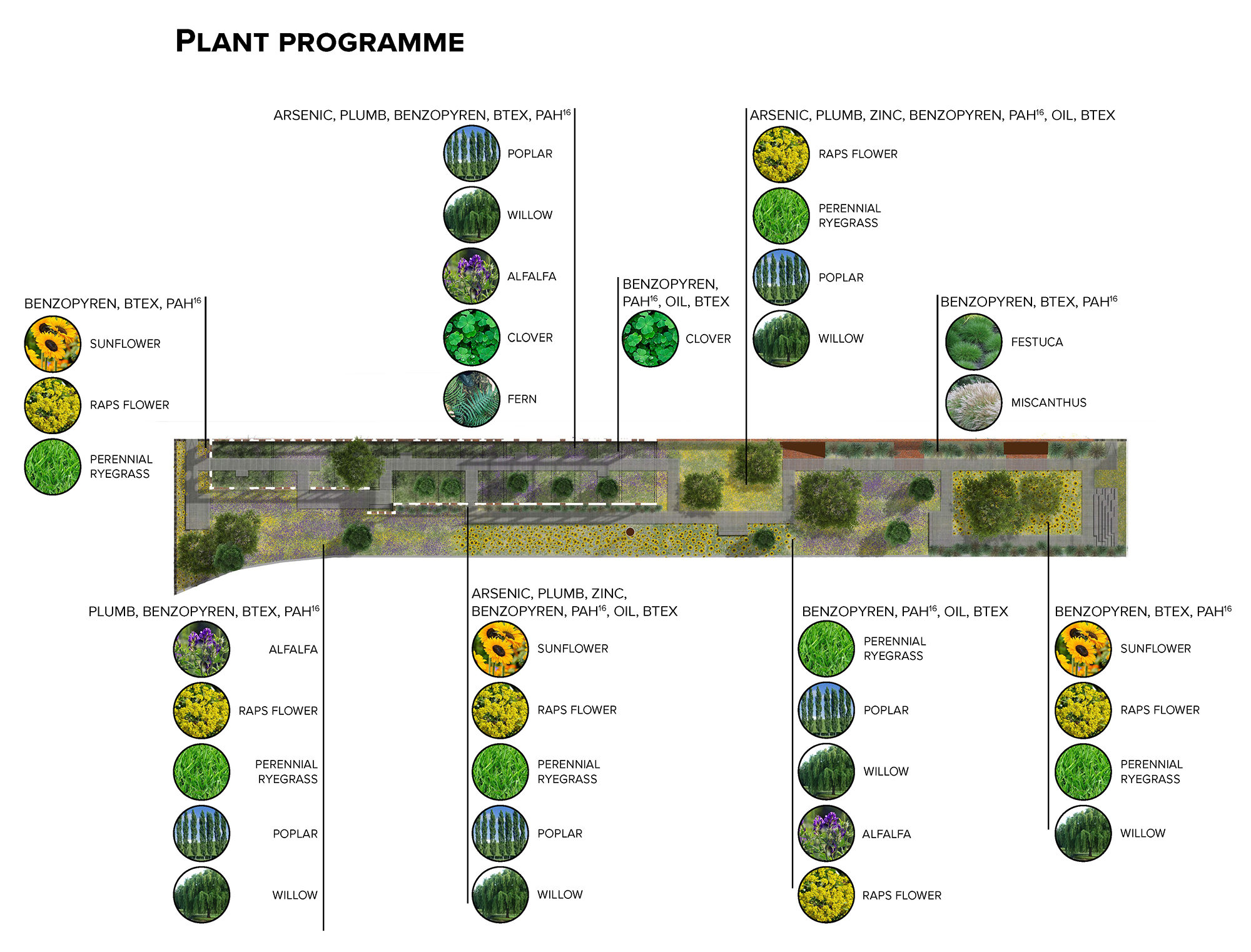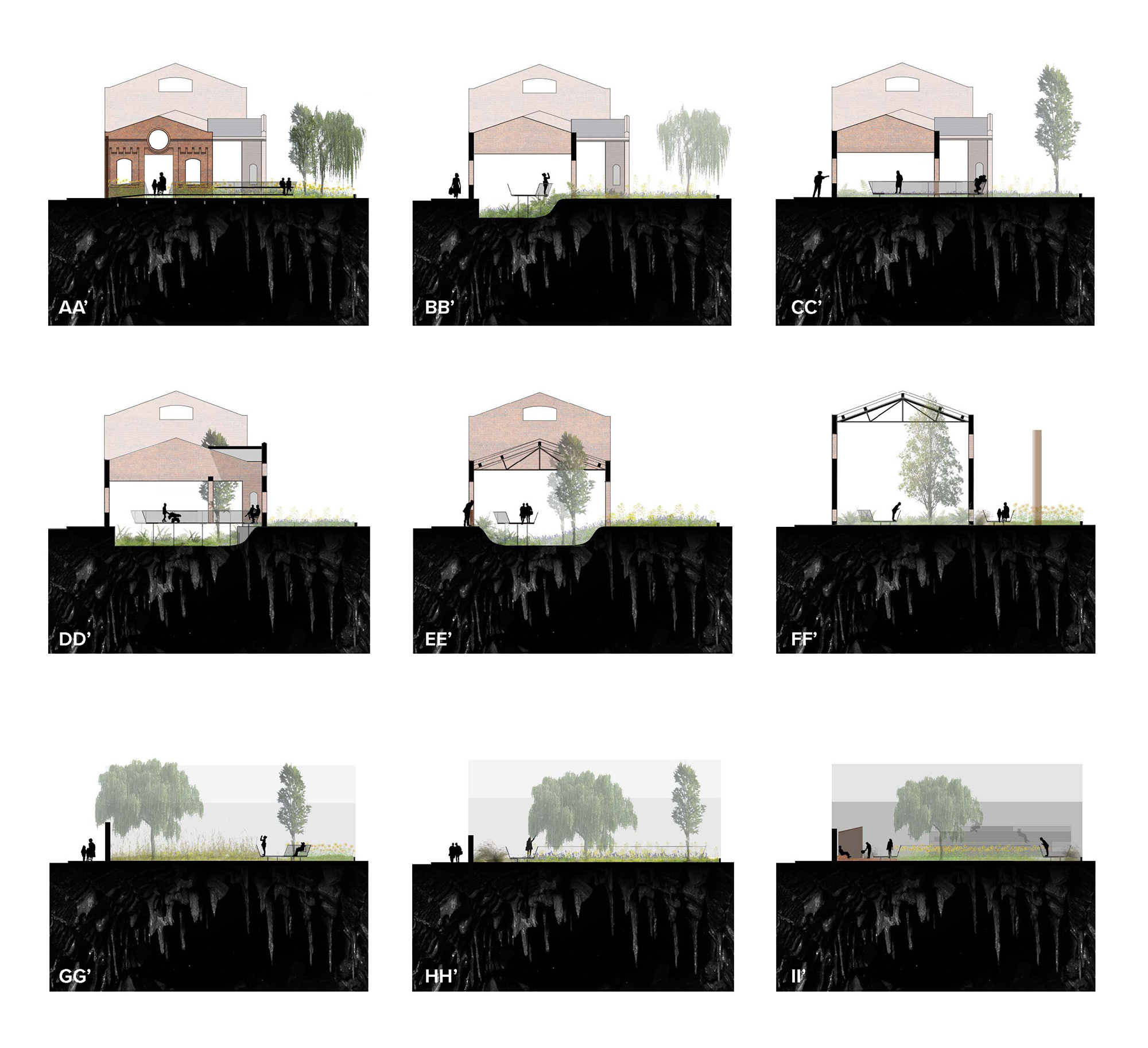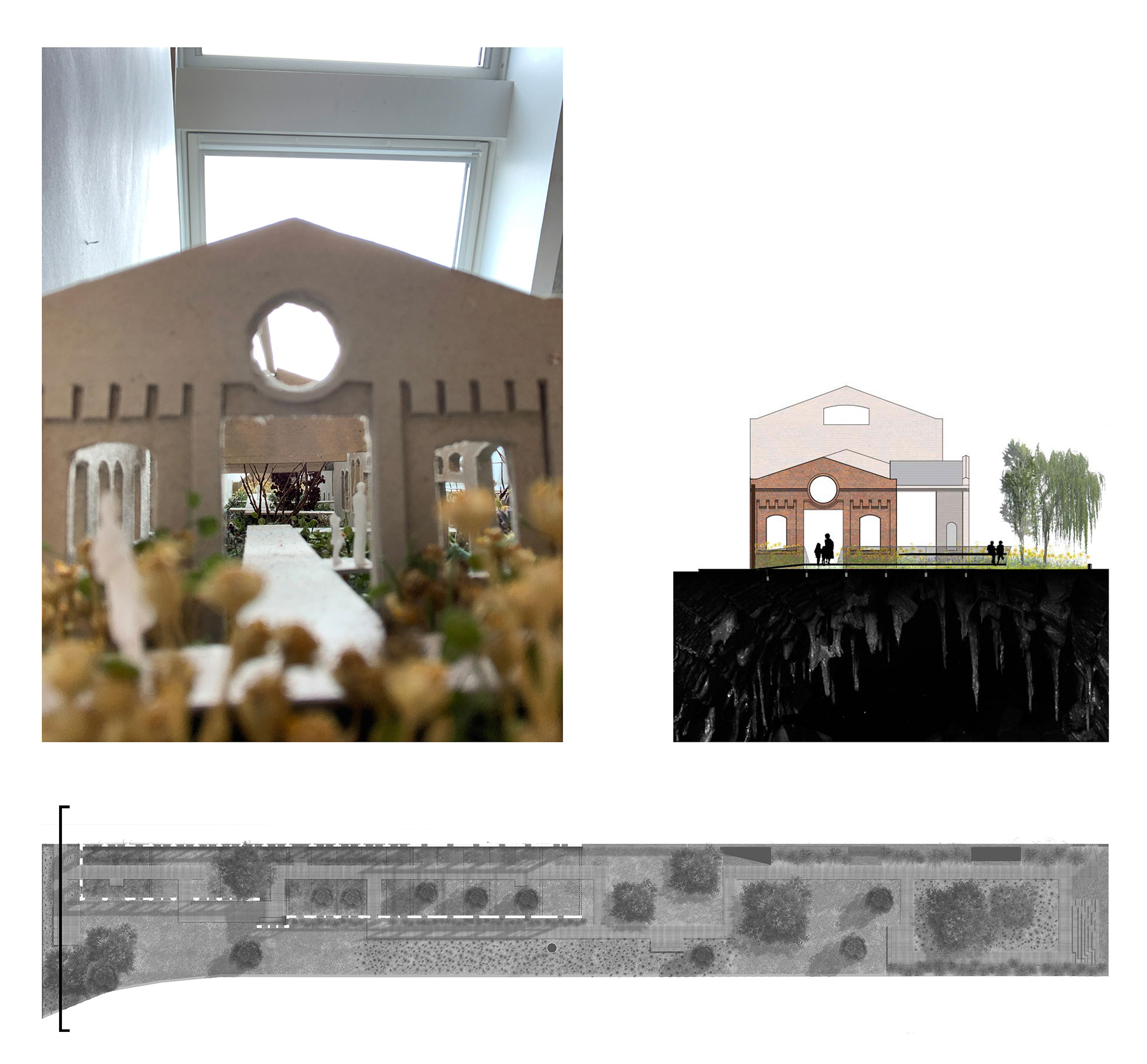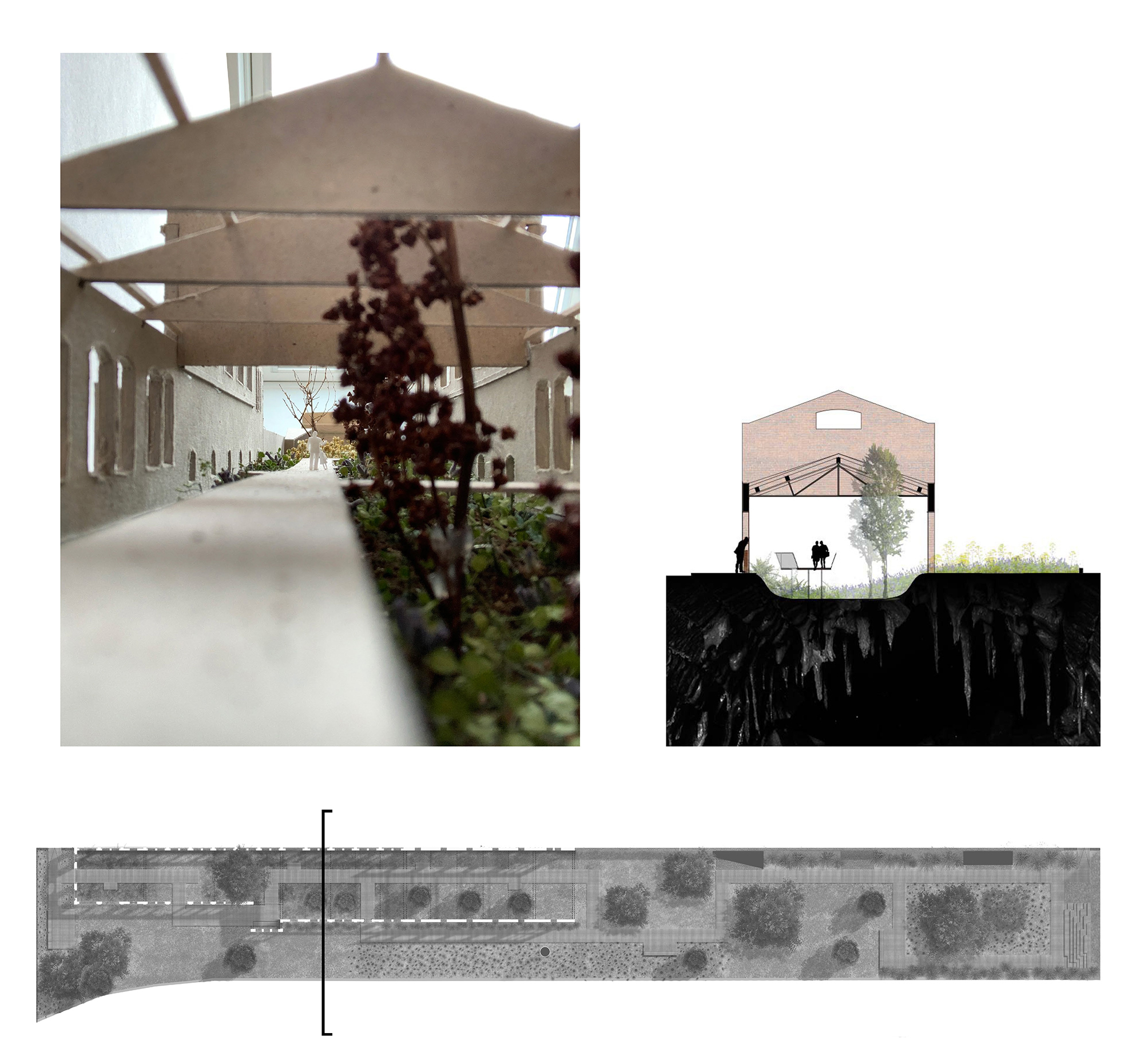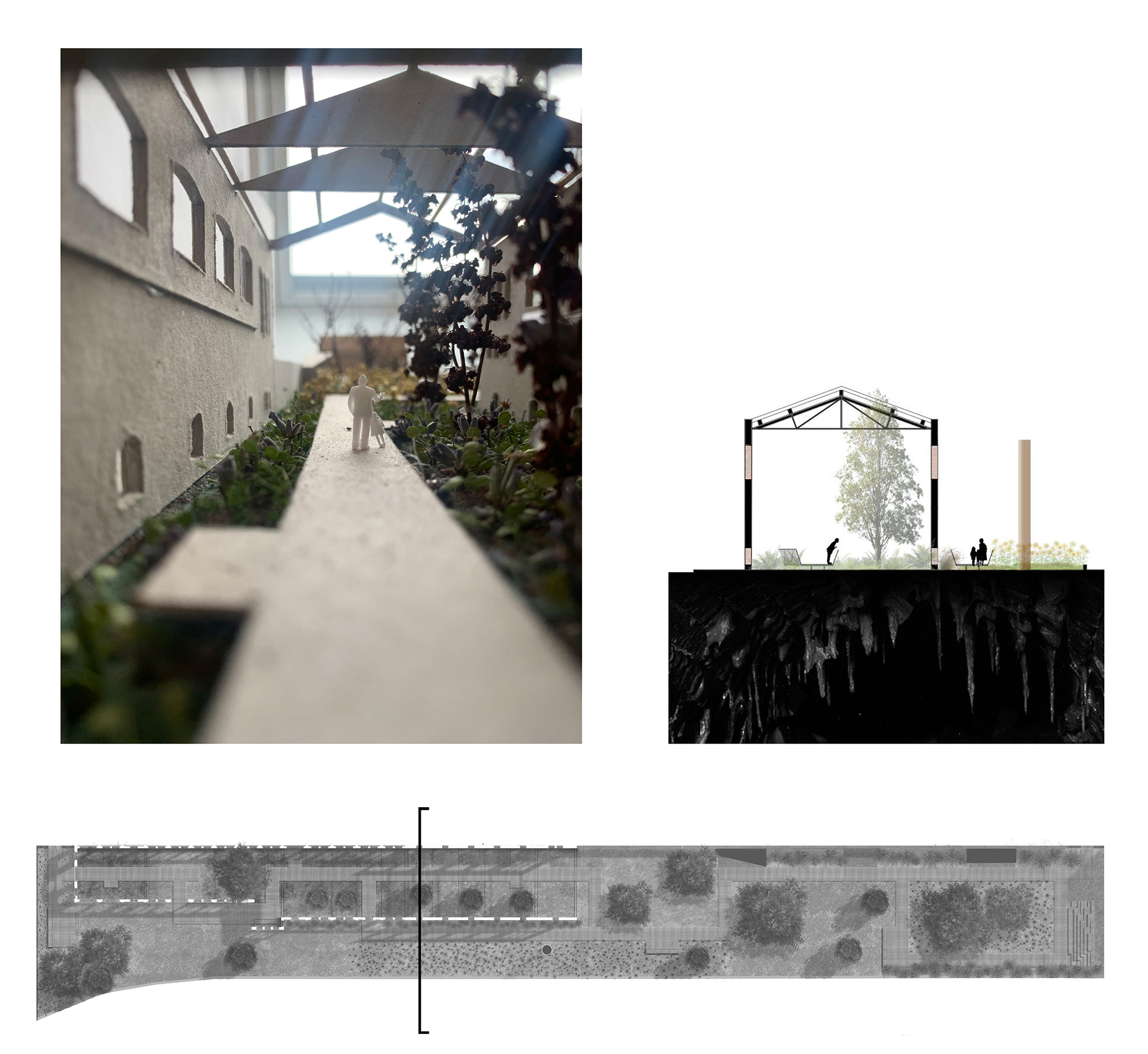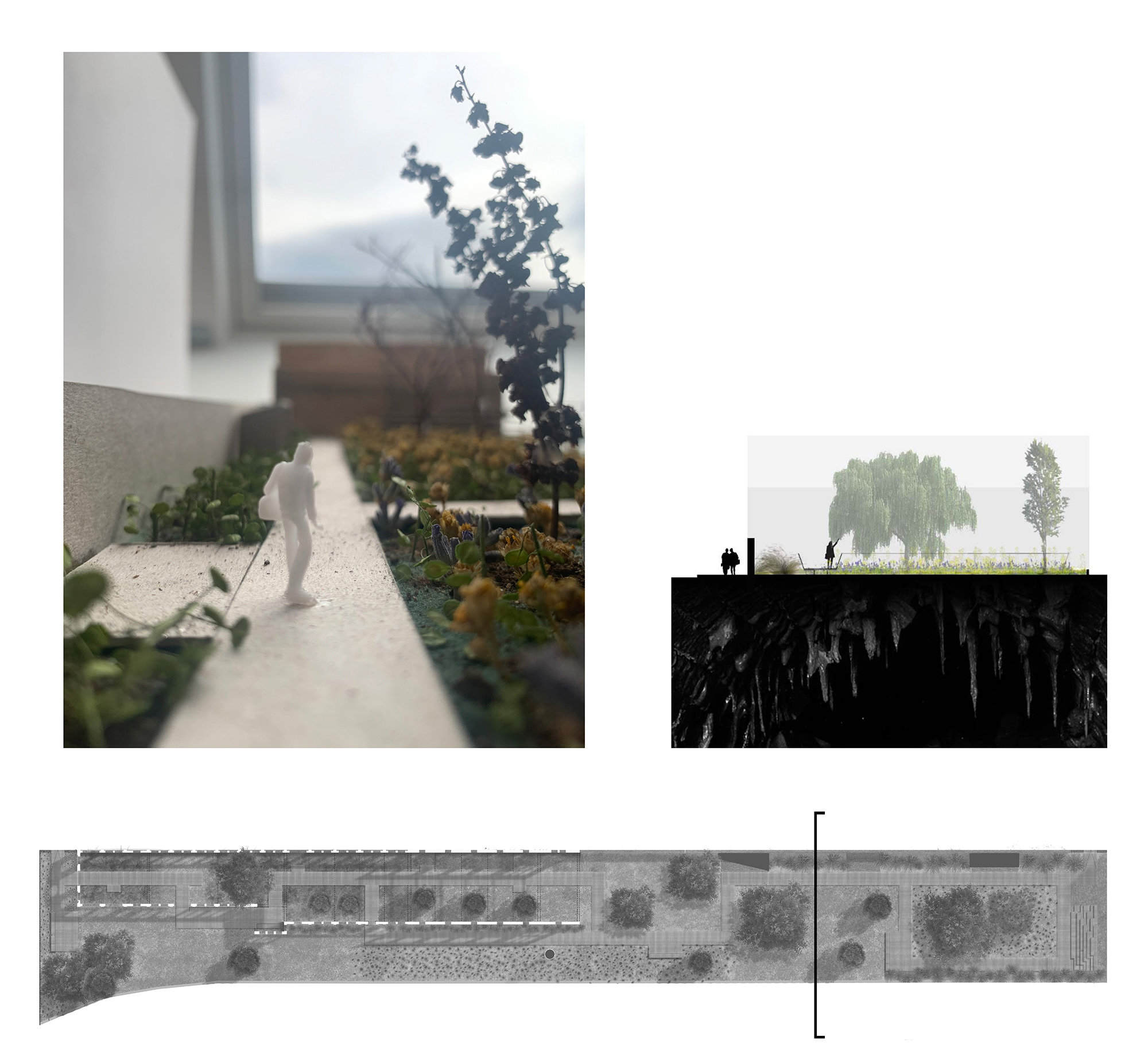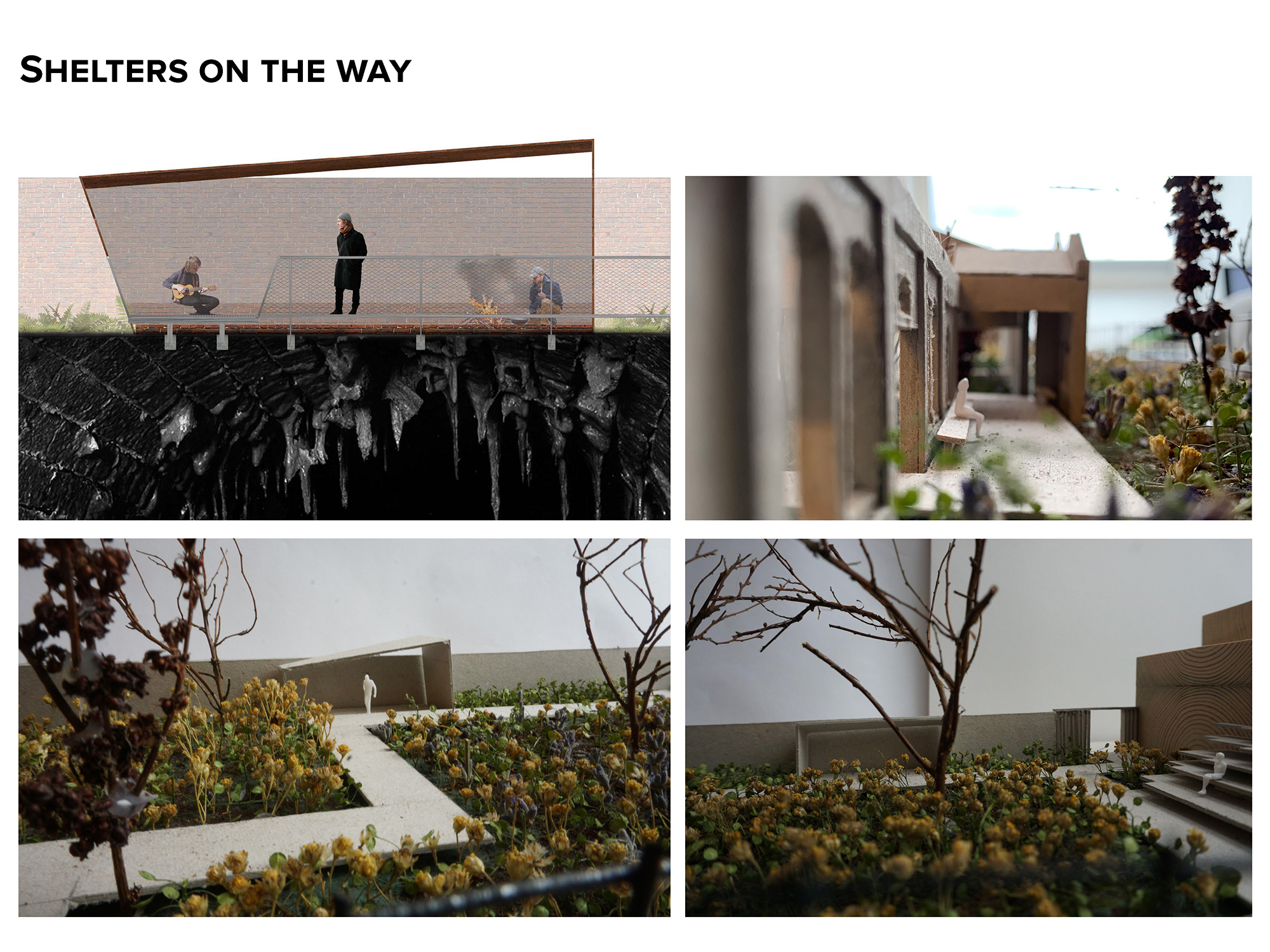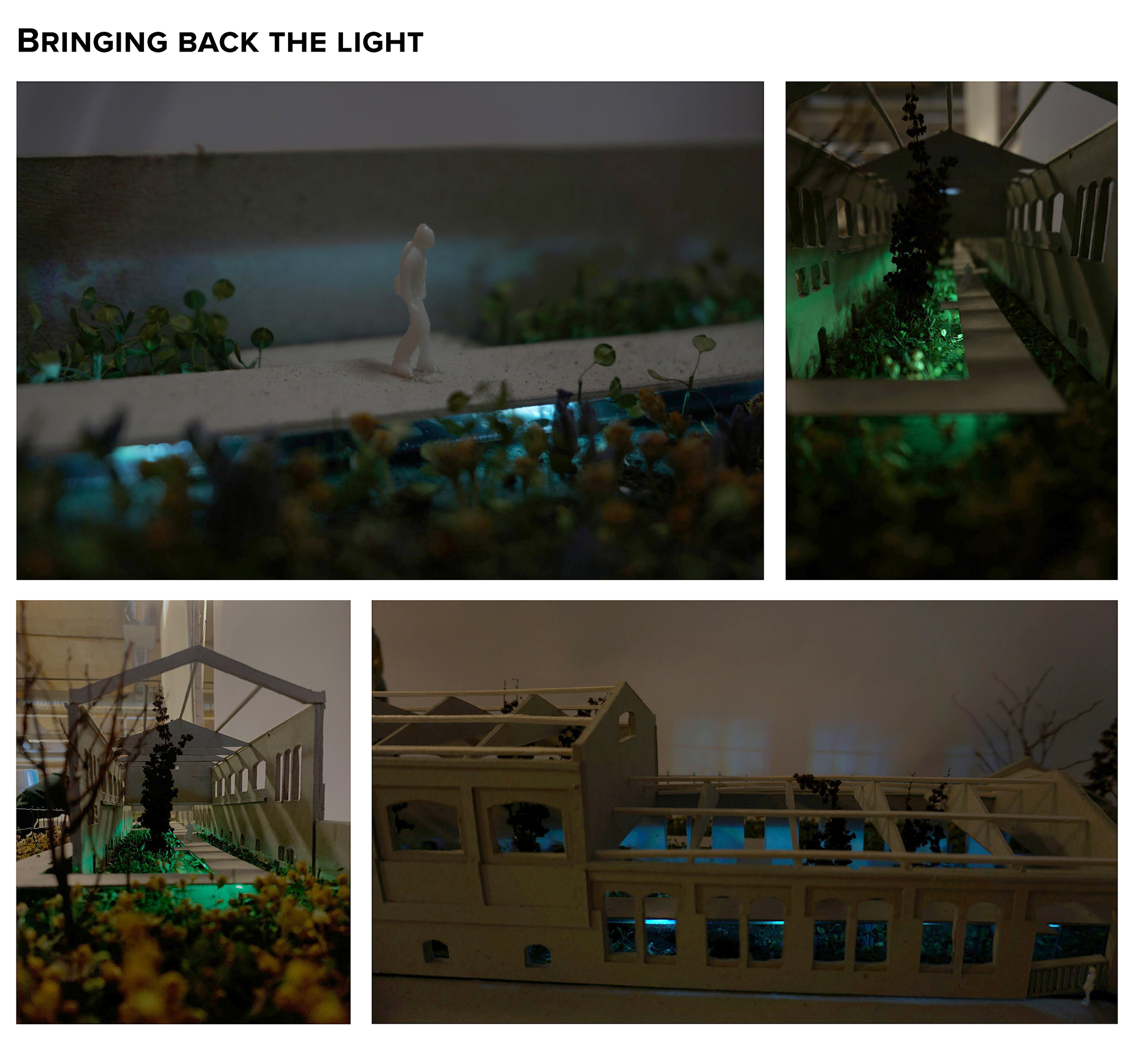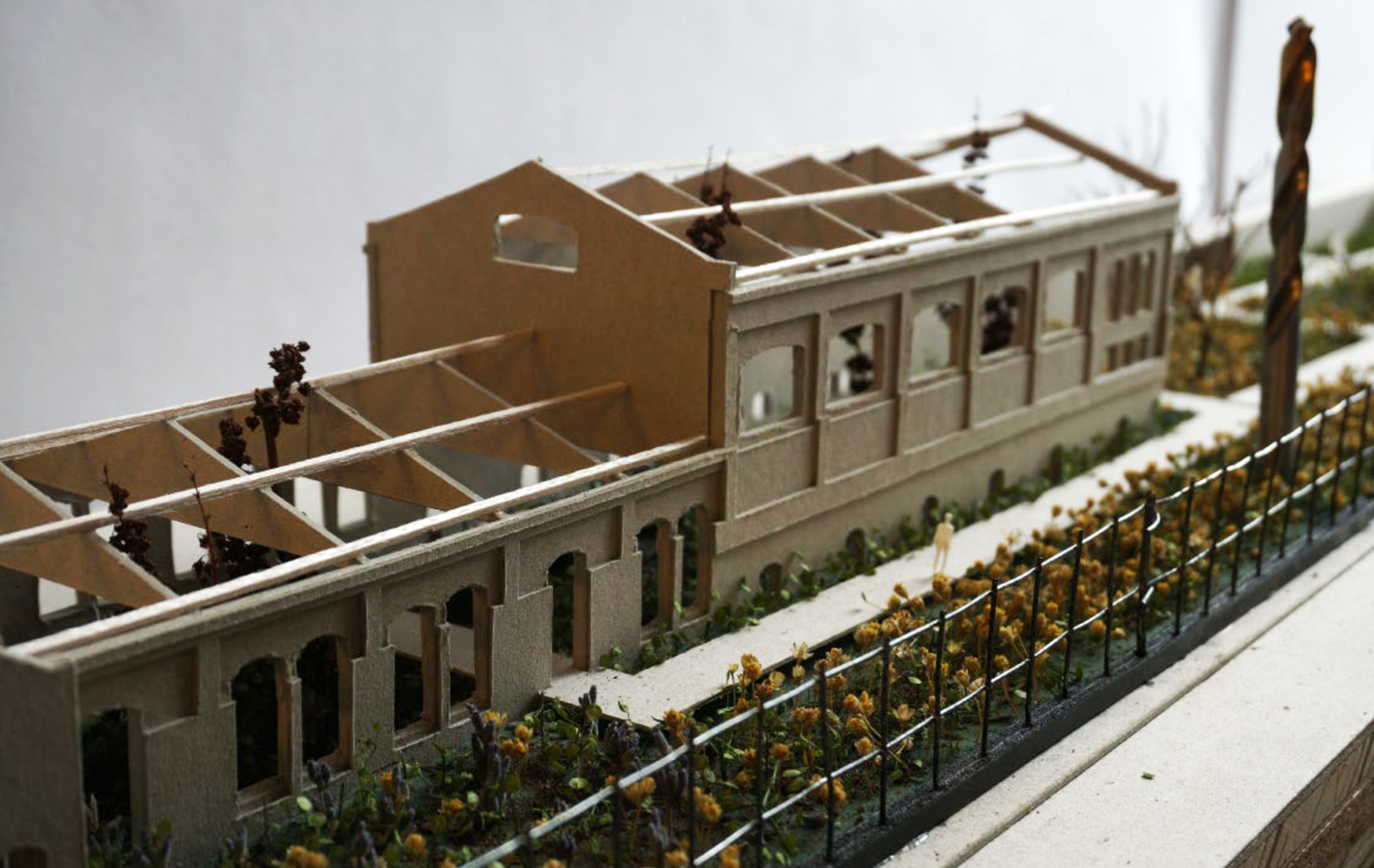GASSVERKET - A REMEDY FOR A MEMORY
Petter Ludvigsen and Zoelie Millereau-Dubesset
Located in Jekteviken of Bergen, Gassverket is the only remaining part of the gas plant that provided the city's street lighting for 78 years. Since the gas plant shut down in 1985, Gassverket has stood unused and uninhabitable. The former industry has left the soil and the building heavily polluted. This condition led Gassverket to withdraw from the community, and its memory to be forgotten by the bergenser.But its architectural and historical value makes it an important part of Bergen’s heritage. On one side, it has been deemed protected, and on the other BIR, Bergens waste-management, wants it torn down to expand their facilities.
As Gassverket is mentioned by the locals, it is known as “the brick building in Dokken”. Its materiality and location at the border between the active area of Høyden and the closed container harbour, Dokken, to become a new neighbourhood within the next 15 years, make this building unique in its surroundings.
Therefore, the project aims to give Gassverket back its right to be. This by making it accessible again, as a liveable place that would activate the area. The project ranges from the former gate in the north to the BIR-building in the south, aiming to pair the “park that doesn’t work” - as it is referred to by locals - with the building.
The toxicity matter is here taken as an opportunity for a remediation that would improve the building’s value. This process, called phytoremediation, combines efforts of plants, trees, and other vegetation to break down toxins of the soil and change their forms into nutritious matter for themselves and other living organisms. It is a soft, sustainable and long term solution that benefits the site’s landscape value.
In order to allow this process and facilitate air flow throughout the inside, the project opens up the building. Contaminated roofs, floors and internal walls are removed and the windows opened, allowing the pedestrian to go through the building, both visually from the street and physically by following the path. To get the most out of the phytoremediation, the pedestrian is led on a journey through the plot on a raised, lit, grated path that allows rain and sun to go through and vegetation to grow up.
Offering an alternative route to the one along the road, it allows for wander and stay, while providing awareness of the process, giving the stroller a look into different sequences of plants working together to cure the toxic soil. Over time, an ecosystem will materialize. Organisms ranging from insects and earthworms to big branching willows will work together to create a lush and flourishing life in the previously decayed and dead area.
By being its remedy and rescue, the project seeks to re-legitimize Gassverket by re-pairing it with a purpose once more.

